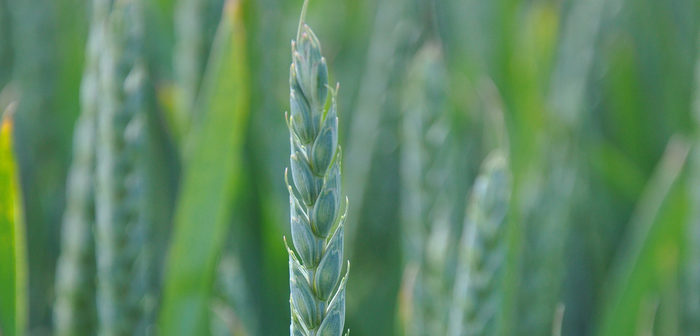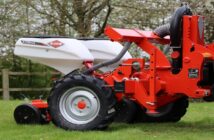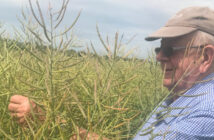Choosing winter wheat varieties with wide drilling windows will become a key starting point to reduce heightened risks from barley yellow dwarf virus (BYDV) and Septoria triticistarting this autumn, says a leading cereal seed expert.
According to Tracy Creasy of Syngenta, the loss of neonicotinoid seed treatment chemistry against BYDV-carrying aphids for this autumn, and the 2020 withdrawal of the fungicide chlorothalonil, long relied upon as a backstop to control Septoria tritici, are both added reasons to drill winter wheat later.
However, in order to make this possible, it will be vital to choose varieties suited to later drilling, she stresses.
“Later drilling is already well-established for reducing black-grass,” says Mrs Creasy. “Now, with growers no longer able to use a neonicotinoid seed treatment in cereals, there is an added reason to delay autumn drilling until after aphid numbers decline.
“Delaying drilling also eases Septoria pressures, by allowing it less time to build up before spring.
“Then again, not all varieties respond well to later drilling, so it is important to remember this when making variety decisions.”
Rather than restricting choices to varieties only suited to later drilling, Mrs Creasy suggests a more user-friendly approach is to include varieties with a wide drilling window in rotations, for example from early September to January. This gives more flexibility, she adds.
“Whenever we breed new varieties, we evaluate their drilling window. From our testing, two winter feed wheats that stand out are Graham and Gleam. As well as fitting this drilling window in suitable conditions and being high-yielding, they are also particularly relevant due to their robust Septoria tritici resistance – with ratings of 6.9 and 6.4 respectively on the 2019/20 AHDB Recommended List.
“By using a combination of later drilling and good Septoria tritici resistance, you are effectively dealing the disease a double blow.”
While Graham is most suited to first wheat situations and can be grown as far north as Edinburgh, Gleam is high-yielding in all rotational positions and regions, Mrs Creasy explains.
“As well as drilling date flexibility, early maturity is another useful feature to look for in varieties when drilling later, because it reduces the chance of harvest being pushed back too far.
“Treating with a fungicide seed treatment that helps later-drilled crops establish faster and improves rooting is another useful tool.
“My big concern as we head into this new era is that growers are unprepared for how bad BYDV can be. Without adequate prevention, it may not be until next spring that the extent of its damage becomes apparent, but by then the opportunity to delay drilling will obviously have been missed.”




